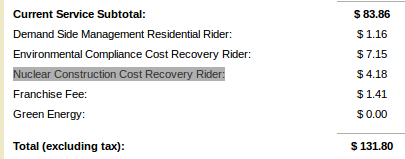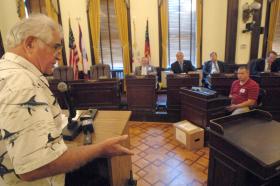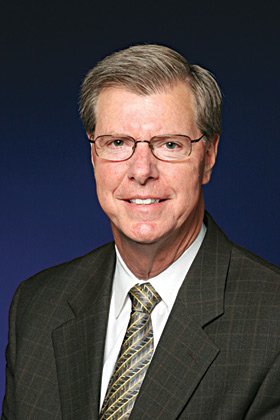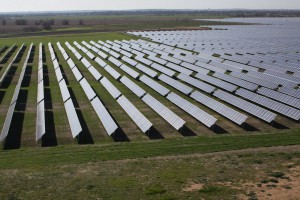 Dublin gets the jump on the rest of Georgia again:
Dublin High School will get a megawatt of solar electricity
through a lease agreement with a private company
using local government bonds to get around Georgia’s special financing problem.
Dublin gets the jump on the rest of Georgia again:
Dublin High School will get a megawatt of solar electricity
through a lease agreement with a private company
using local government bonds to get around Georgia’s special financing problem.
Kenny Burgamy reported for for 13wmaz.com Thursday, Solar Plant To Be Located at Dublin High,
Dublin High School of Dublin City Schools will soon implement 1 megawatt of solar energy.
The 4,000 panel solar power plant will be the largest in Central Georgia and is expected to save the school 40 percent in energy costs.
Dublin City Schools Superintendent Chuck Ledbetter told 13WMAZ, “The facility will be built and owned by private business and the school system will lease the solar power plant, saving us money in energy costs.”
The original plan was developed more than 15-months ago by German based MAGE SOLAR, which has a plant located in Laurens County.
The story has been carried by GPB by Athens Banner-Herald via AP.
This installation is similar to but slightly different from Continue reading
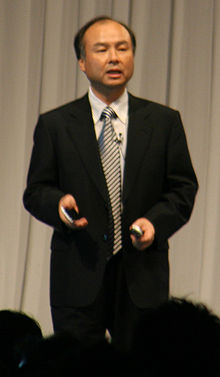


 The
The
